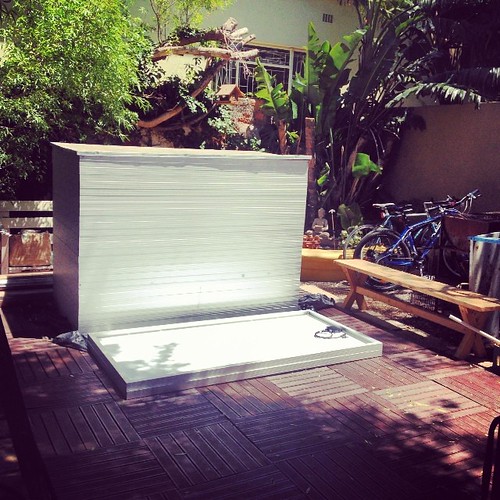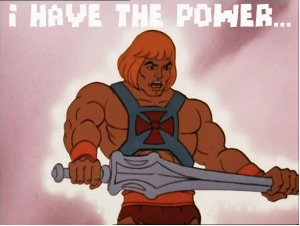Mine has been running for a week now, albeit with only half the panels mounted and installed, as I didn’t have time to mount the rest yet this visit – I’m back in Shanghai, China again now..
It finally went live on the 14th. Its working out well though, although I am getting slightly less output than I expected – panels are in theory 4800W total for 16 panels x 300w, but looks like they’re really 250w panels, as we get about 3.9x KW peak off the 16 we have mounted at the moment after inverter losses etc.
Everything survived the massive storm that hit Cape Town last weekend too, so that was a relief!
Still need to do paperwork for council approval, and arrange a new digital 4 quadrant Landis & Gyr meter so I can eventually “feed into the grid” as a SSEG (similar to Arthur), but we’re generating electricity on a separate circuit in the interim, and our power is down to pretty much zero usage daytime.


